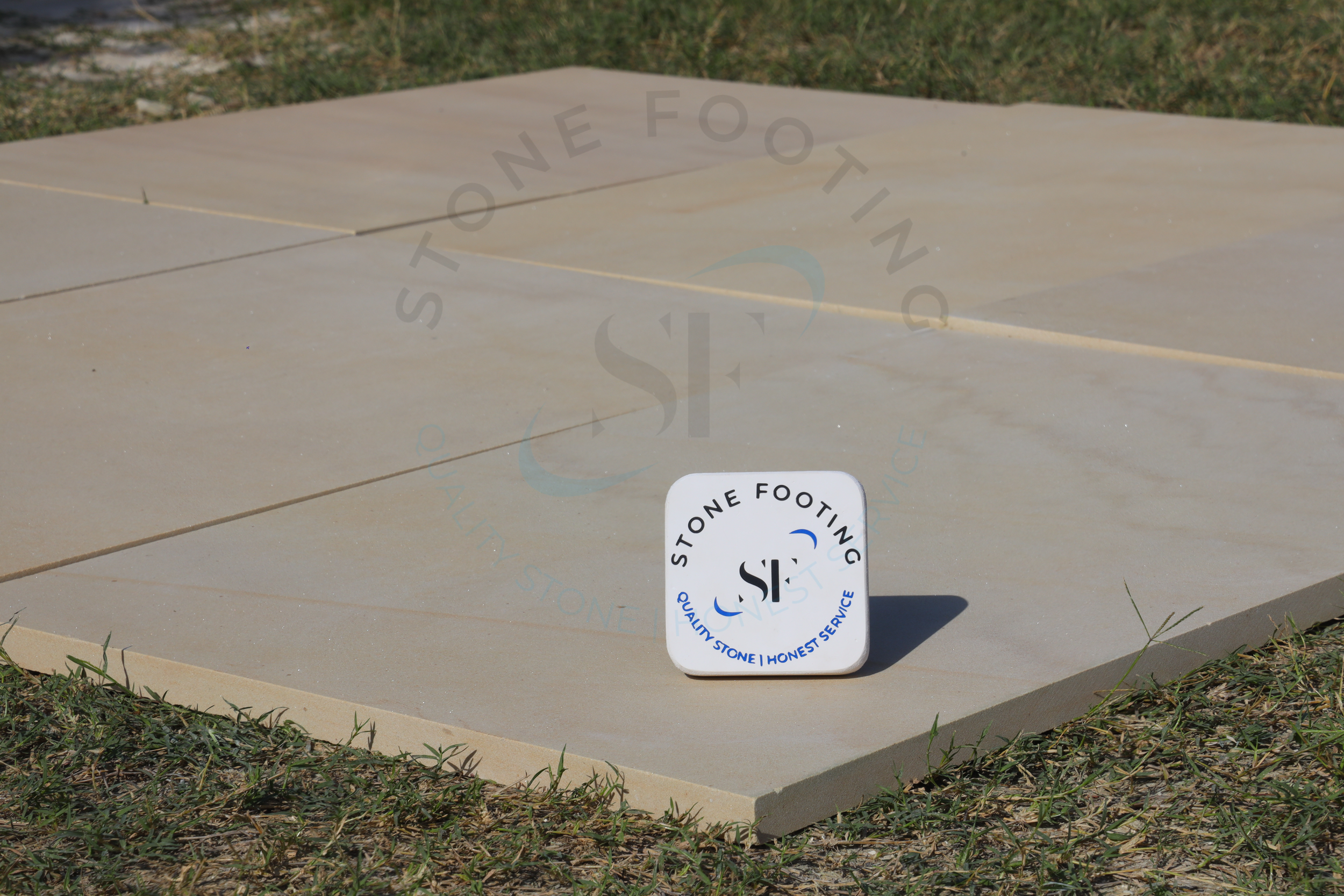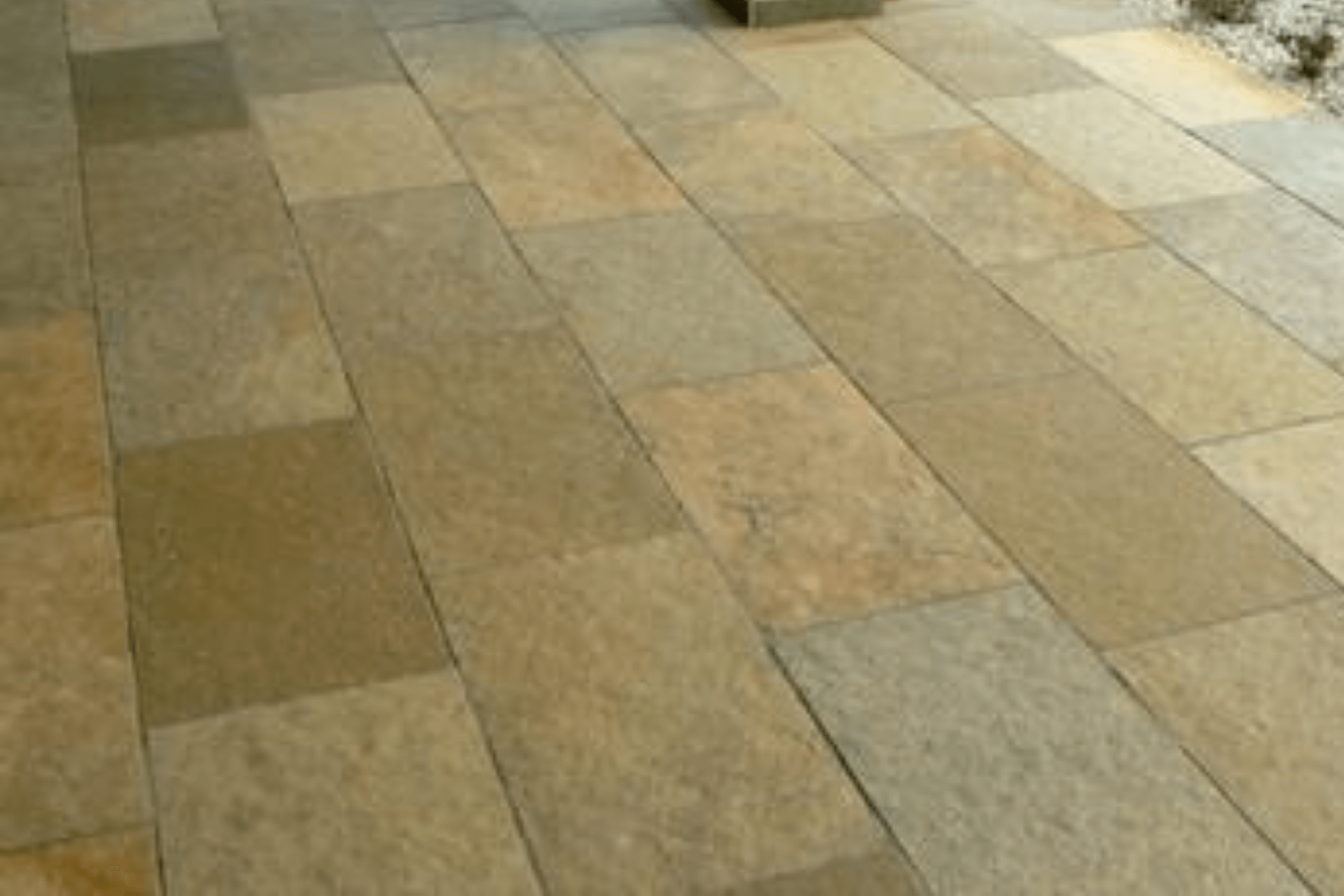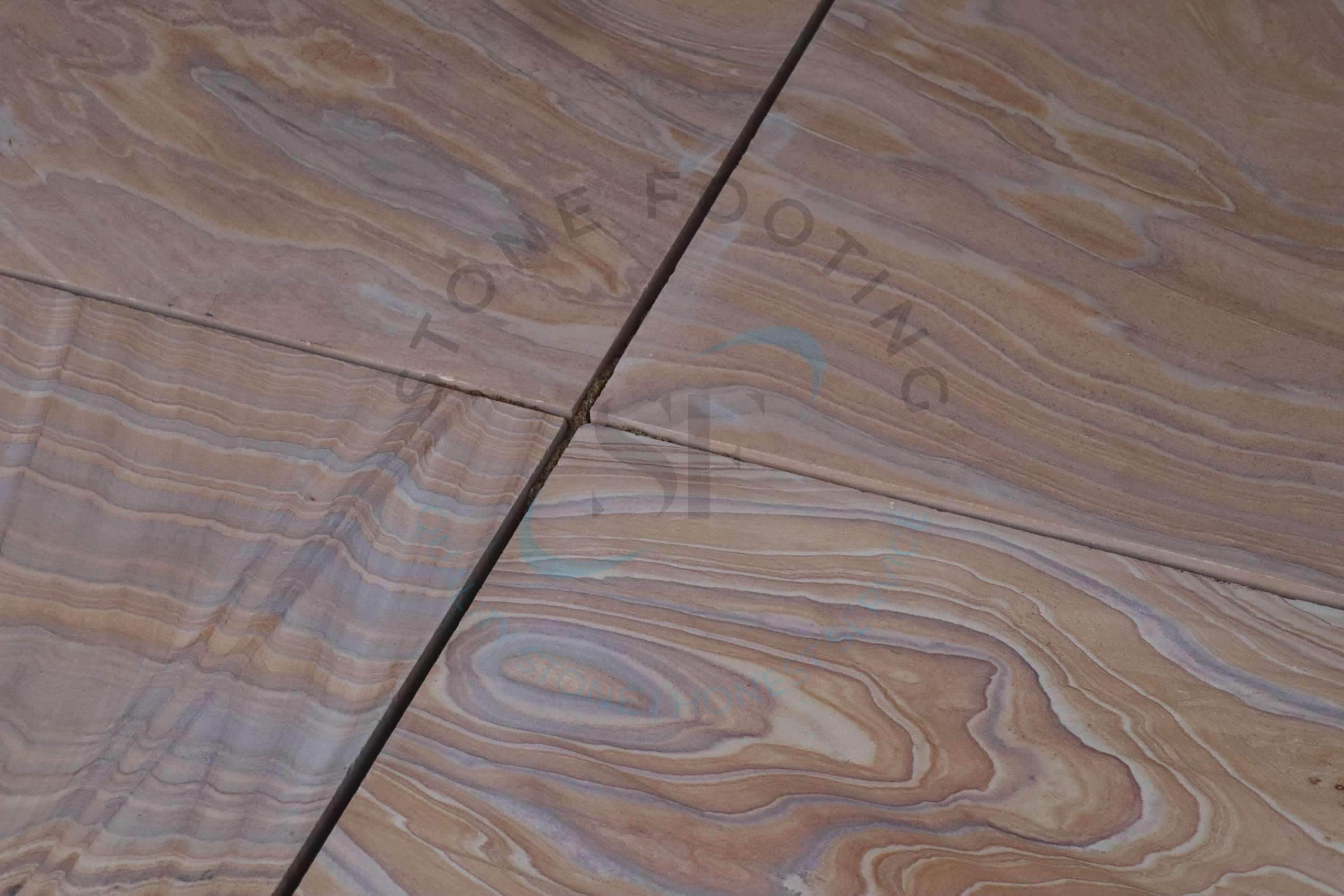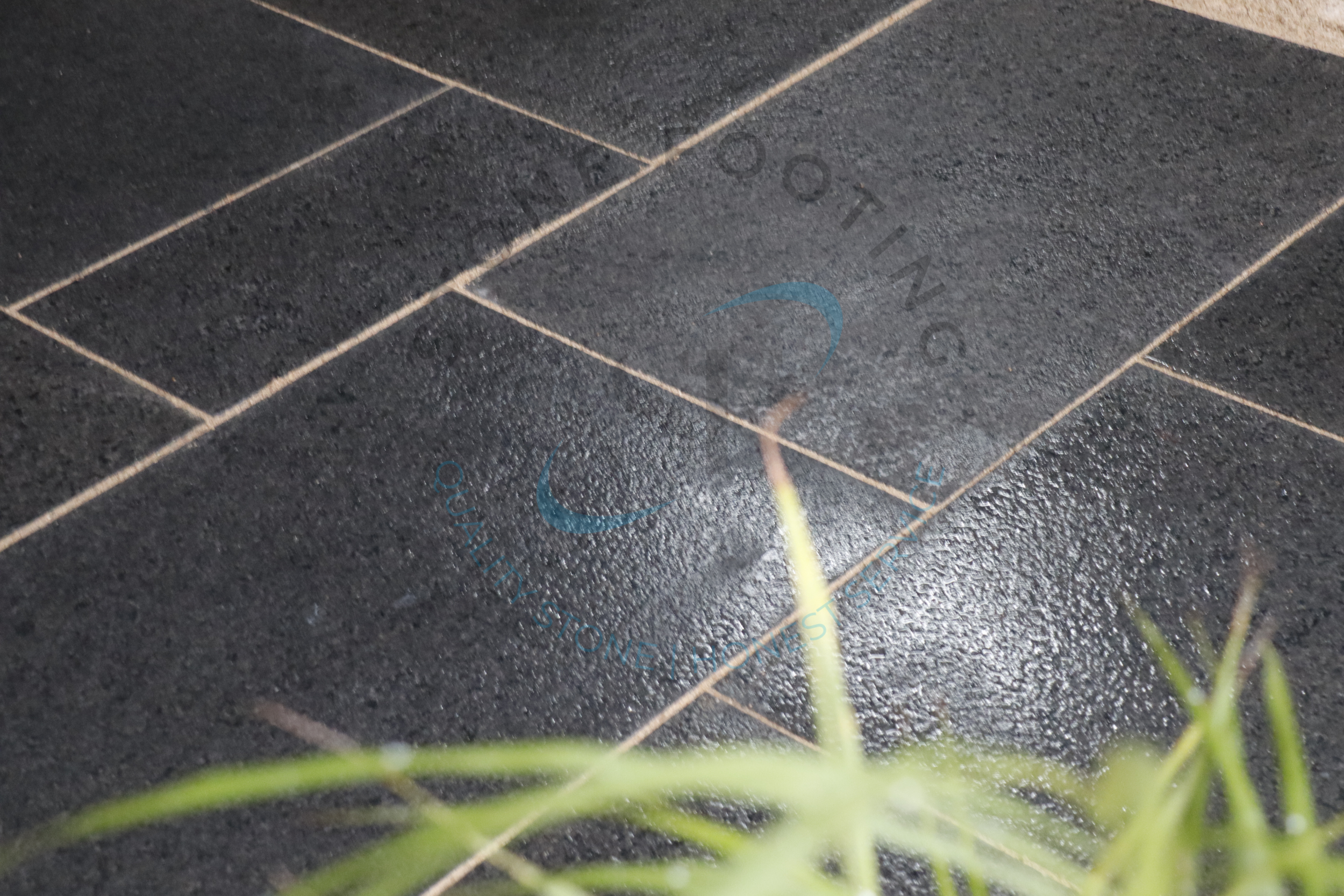What Are Known To Be Some Popular Sandstone Finishes?
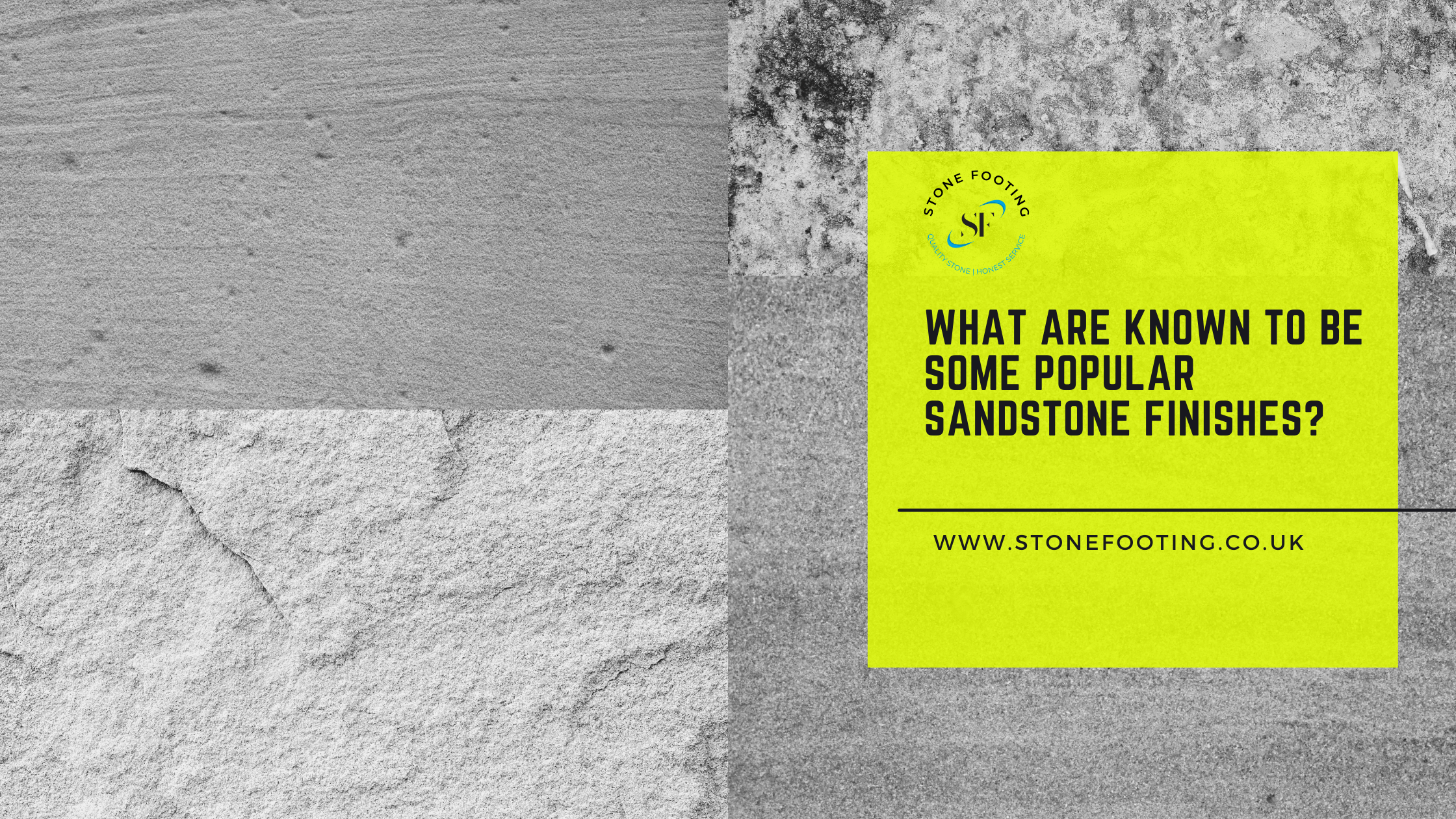
Natural stones are available in a variety of forms, cuts, finishes, and sizes if you want to incorporate them in your design or project. When you have so many alternatives, it’s natural to wonder that an individual might want to know more information related to the product!!
In this post, we’ll look at a specific type of natural stone known as sandstone. We’ve had several conversations in the past concerning the purposes, market, kinds, origin, forming method, and other characteristics of sandstone slabs and tiles. If you’ve come thus far, it’s because you’re interested in the topic;
Today, the topic of discussion is about the popular sandstone finishes available in the market. –
Popular Sandstone Finishes
In recent years, natural stone has risen in importance, and more individuals are opting for natural stone flooring and countertops. Natural stone comes in a number of sorts, and the surface of the tiles is treated to give it a particular finish in order to enhance the stone’s appearance and enhance some of its properties. There are many different stone finishing textures, some of which are well-known, such as polished or honed marble, travertine, and so forth.
The same type of natural stone may be used for a variety of functions depending on its treatment, which improves its endurance or aesthetic look.
We’ve put up a quick guideline to the various sandstone textures and treatments to help you make your decision.
Riven Finish
It is one of the most popular sandstone finishes. It’s a textured finish created by dividing a natural block along its penetration zone. This natural cut is usually done by hand using a guillotine. Riven finishes are most commonly found on slate and quartzite tiles, as they are multilayered and readily break, and they give the sandstone a natural aesthetic by displaying its grains and ulcerations. One of the drawbacks of this rather fantastic finish is that the tile thickness fluctuates, therefore a batch of 15mm tiles can contain 10 or 20 mm tiles.
Since a result, be cautious while putting these tiles, as an irregular terrain might result in a potential hazard. It is also conceivable to have certified tiles, which indicates that the rear surface of the tile will be handled to balance out the thickness while the front retains its original appearance. Natural cleft, riven cleft, and split face are some of the various names for this finish.
Tumbled Finish
Among the different finishes of sandstones, tumbled finish is also the most popular finishing option, and it may be applied on any type of natural stone slab like sandstone. The tumbling sandstone slabs are soft and smooth, having a weathered look. Putting the slabs through a tumbling machine is generally how the tumbled finish is created.
Polished Finish
With a mirror appearance, the surface is dazzling and polished. It results in the most polished stone tile edging. Polishing is accomplished by repeatedly applying mechanical treatments. Almost all types of stones are acceptable for this style of treatment. This is a common sandstone finish. Polished tiles are popular for backsplashes, tabletops, and worktops, but they are not recommended for exterior usage since they impair slide resistance.
Leather Finish
The practice of texturing granite or marble to make it look less shiny is known as leathering. The slab is brushed with a variety of brushes to achieve a leather finish. The outcome is a smooth, inviting, and glossy surface that is slightly rippling. Leathering begins with a sharpened surface and progresses to adding texture. In addition, compared to honing, it seals the pores of the stone and keeps the color better. Yes, it is outstandingly included in the different finishes of the sandstone group.
Bush Hammered Finish
A bush hammered finish is another popular sandstone finish obtained by consistently pitting the stone’s surface with a high-impact machine or manual instrument. This resistance has a strong dimensional stability and might draw attention to the stone’s tonal variance. Natural stone with a bush hammered finish may be used almost everywhere, both indoors and outside.
Sandblasted
Sandblasted stone has a similar texture as bush hammered stone, although it isn’t quite as harsh. Tiny trenches are made by blasting silica sand onto the surfaces with a relatively high compressor, giving a finish that accentuates the material’s inherent colors.
Natural Finish
The stone is said to have a natural polish when it hasn’t been treated. In essence, the stone is removed from the quarry or the natural material is manually packed into molds and cut to the suitable form, with the final appearance entirely reliant on the inherent value.
Honed
The result of grinding and sanding is a smooth, but not shiny, surface. This is a popular sandstone finish and is perfect for crowded applications. Unlike polished surfaces, honed surfaces are not luminous. The honed finish is a super smooth surface that reflects minimal light.
This finish is commonly used on walking pavements and other locations where a polished finish would be worn away by excessive use. Interior wall coverings include honed surfaces. It can also be utilized on the outside in warm climates, as table tops, and relatively light-duty residential flooring, among other things.
In the end, depending on whatever characteristic of the sandstones you wish to highlight and the function of the tiles – interior or outdoor, kitchen tops or flooring – there are a variety of treatments available. If you’re unsure, we at Stone Footing, the leading wholesaler of Indian Sandstone with all possible finishes at best prices will gladly advise you on the best finishing option for your project. Just remember that regardless of their surface roughness, all stone tiles should be treated with the appropriate sealer to extend their lifespan, durability, and make maintenance easier.
Frequently Asked Questions
On sandstone, what type of paint do you use?
Apply the primer with a paint spray gun to ensure that it is uniformly coated to the sandstone and that it gets into all of the little grooves and crevices in the stone. After the priming has dried, paint the sandstone with a coat of latex paint in the color of your selection.
What is the best way to protect sandstone from going green?
Utilize water and detergent or a bleach combination for harder stains like moss and fungus.
Is pavement made of sandstone durable?
Sandstones are known for their durability and can resist all types of temperatures. Sandstone absorbs somewhat more water than limestone, both of these are highly water-resistant, so you shouldn’t be concerned about rain except for the aesthetic difference.

